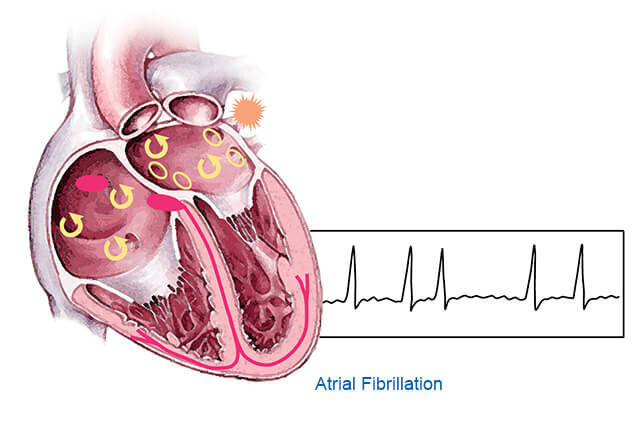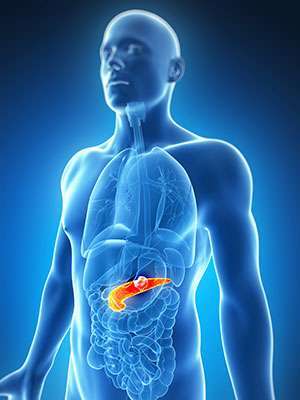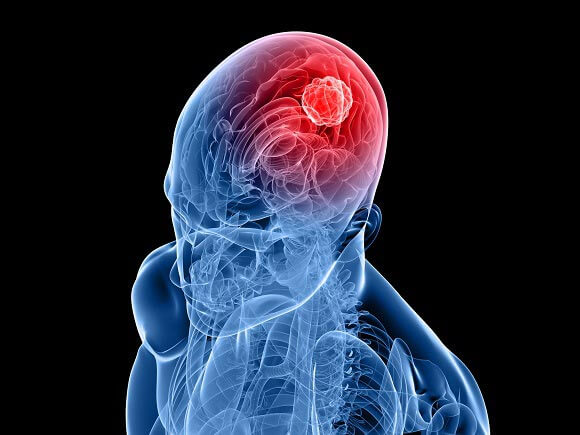
Whole-body cryotherapy (WBC) is an immersive cold therapy treatment, intended to decrease inflammation, increase metabolism, and release endorphins to boost feelings of well-being and reduce pain. First developed in Japan for treating rheumatoid arthritis, WBC therapy is now widely offered at gyms, spas and wellness centers worldwide.
Healthcare providers use liquid nitrogen to treat external tumors by applying it with a spraying device or cotton swab. The extreme cold causes abnormal tissues to freeze and die off, ultimately eliminating their threat.
It’s good for your skin
Liquid nitrogen facial treatments can be an effective way to improve blood circulation and boost collagen production, leaving skin looking brighter, luminous, and plumper - great for relieving redness and inflammation.
An increased oxygenation and nutrient delivery increases cellular renewal and makes your skin appear fresher, while contracting blood vessels tightens pores and reduces water retention, so that your face looks less puffy.
Cryotherapy can also aid your skin in healing more rapidly, and improve its appearance of scars. When exposed to cold air, your body releases anti-inflammatory molecules which minimize swelling and bruising, according to celebrity aesthetician Celeste Rodrigues.
Cryotherapy can also be an effective treatment for acne, an issue which impacts nearly everyone at some point in their lives. By decreasing bacteria on your skin and helping to stop further breakouts and blemishes from occurring, it can prevent breakouts altogether.
It’s good for your muscles
Cryotherapy is an innovative technique that utilizes extremely low temperatures to promote muscle recovery, enhance athletic performance and even help with weight loss by increasing energy levels and stimulating metabolism.
Cryotherapy has a rich tradition as a natural treatment, dating back 2500 BCE. Modern doctors use cryotherapy to reduce nerve irritation, freeze off warts, kill abnormal skin cells and even treat localized cancers.
Whole body cryotherapy has long been used by athletes to soothe sore muscles and speed recovery times from workouts. The procedure requires sitting or standing inside a chamber cooled to below 200 degrees F for treatment.
Your body has to engage survival mode to function in freezing temperatures, redirecting blood flow away from peripheral organs toward its core. This increases circulation and deepens vasodilation for deeper vasodilation - helping alleviate muscle pain. Furthermore, research suggests this strategy may also assist with mental disorders, support exercise recovery performance and improve joint functionality.
Cryotherapy can be good for your mind
Cryotherapy could be just what's needed if you're feeling overwhelmed, depressed, anxious or snappy - it has been shown to significantly lower stress levels while making you more productive and content with life overall.
Cryotherapy involves subjecting your body to cold temperatures that often fall below -166 degrees F for short periods, producing huge physiological changes that promote healing, pain relief and mood enhancement.
Also, massage therapy helps speed the body's healing process. After being injured or experiencing an exhausting workout, your immune cells dispatch immune cells to clear out debris and rebuild new cellular structures in your muscles.
Whole-body cryotherapy may help protect healthy neighboring cells by slowing your blood flow and blocking immune cells from reaching muscles, according to Catriona Rose, PhD, a public health researcher at University of Sydney. Cryotherapy can thus enhance athletic performance, recoveries from injuries faster, and overall well-being for greater overall well-being.
Health benefits of cryotherapy
Cryotherapy can be effective treatment for several health conditions, including rheumatoid arthritis, joint pain, muscle and ligament injuries and eczema. Furthermore, cryotherapy has also been proven useful in helping treat cancer as well as speed up muscle recovery after exercise sessions.
Cryotherapy uses extreme cold temperatures to decrease inflammation and enhance healing capabilities in the body. The cold temperatures cause blood vessels to narrow, decreasing flow through them and therefore swelling and inflammation are significantly reduced.
Cold temperatures can also slow nerve signals that reach the brain and reduce pain signals to relieve it. Studies have proven its effectiveness for people living with rheumatoid arthritis to alleviate their suffering while permitting more aggressive occupational and physiotherapy interventions to take place more easily.
Whole-body cryotherapy (WBC) may provide benefits to people living with chronic inflammation, according to research published in December 2019 in Nature Medicine. Furthermore, WBC may help alleviate headaches, nerve issues and mood disorders as well.




